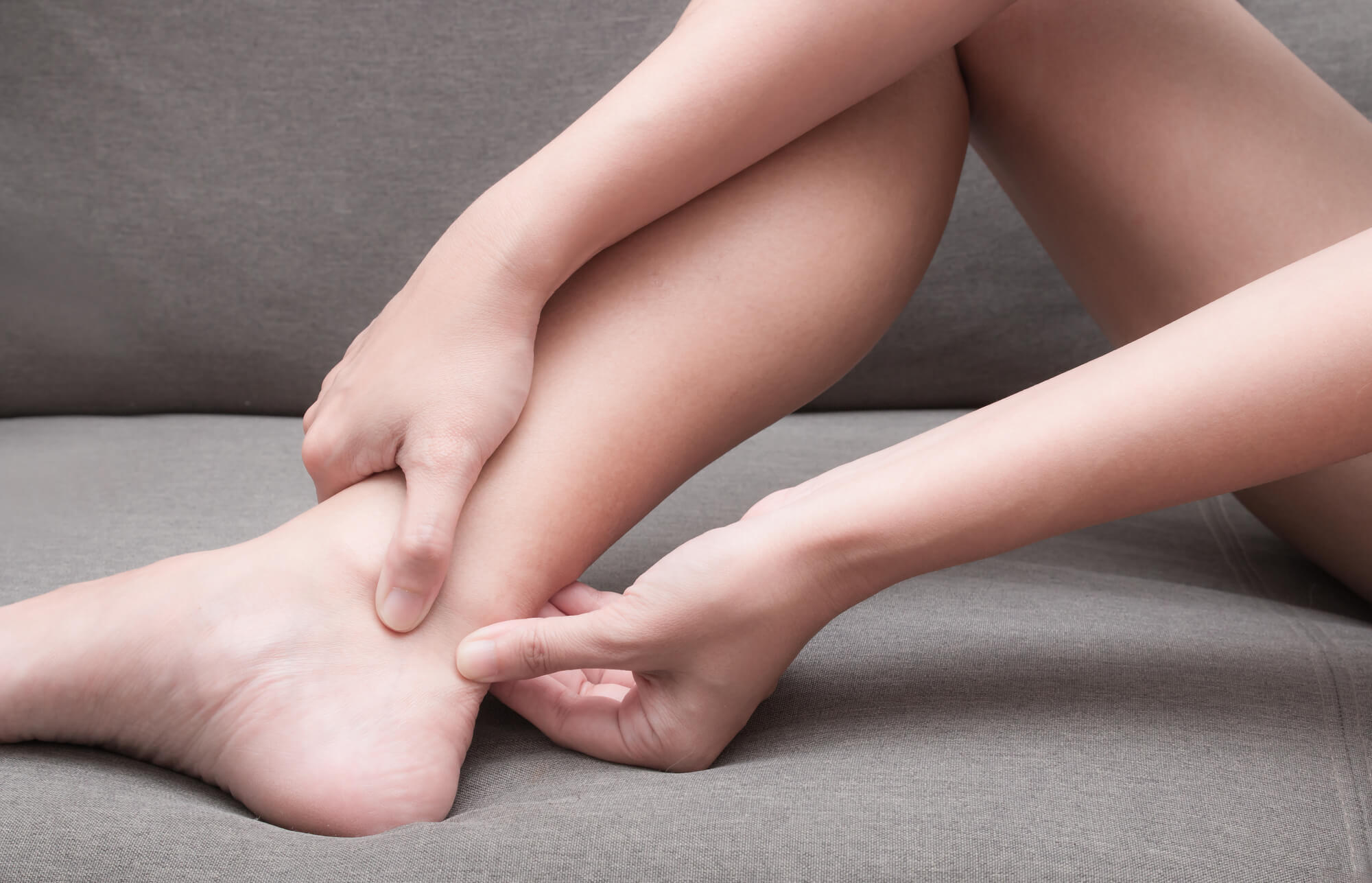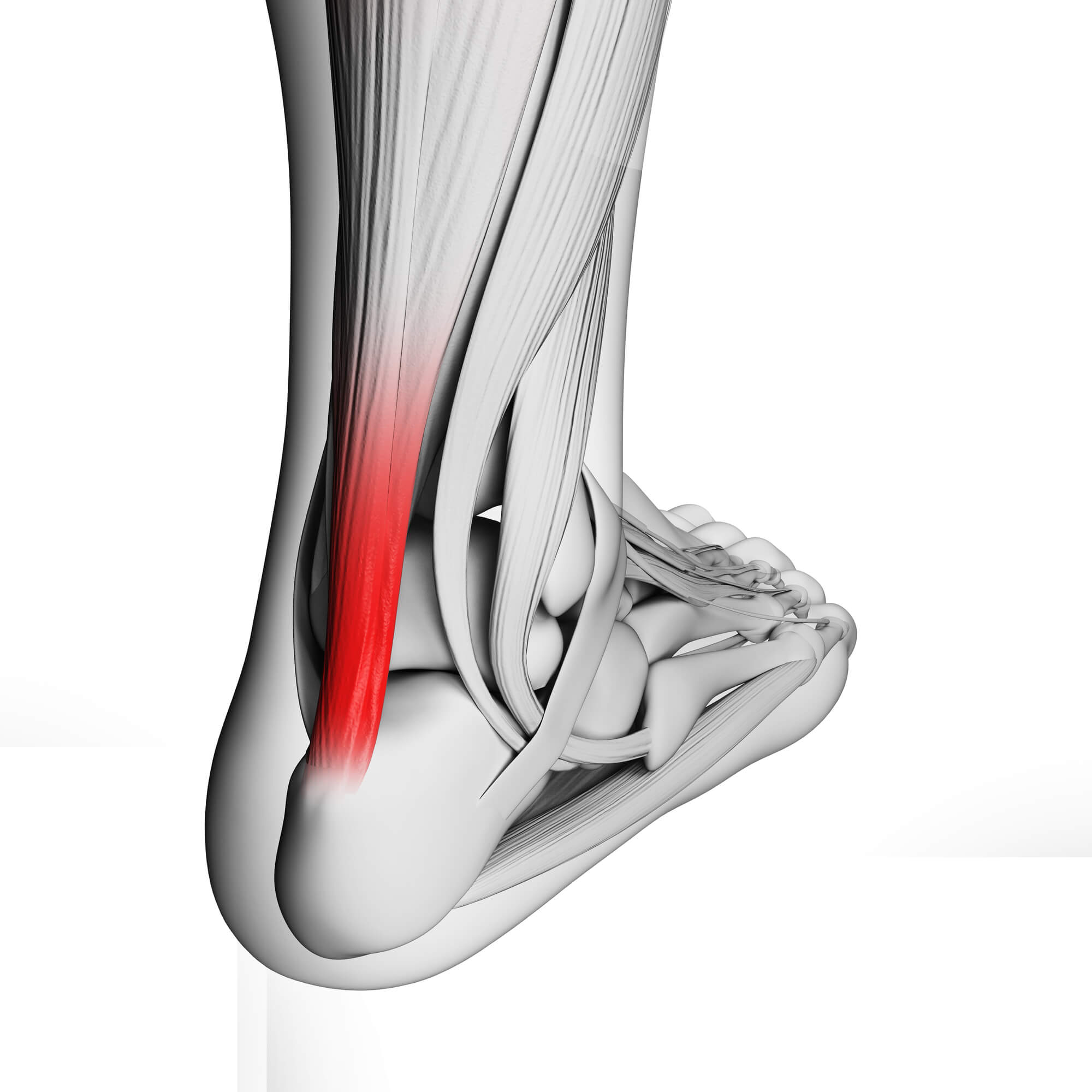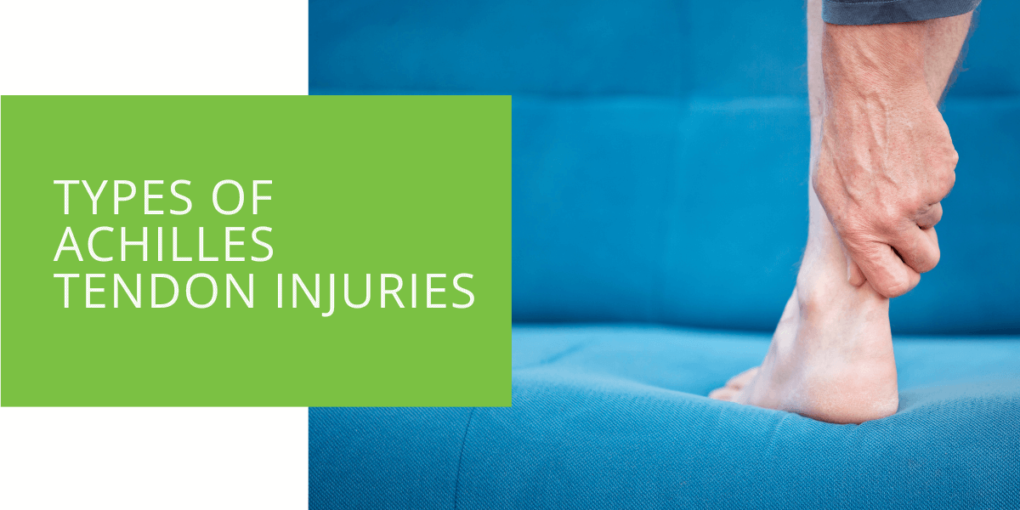Understanding Types of Achilles Tendon Injuries
Welcome to our comprehensive guide on Achilles tendon injuries, where we'll provide you with a wealth of knowledge on how to prevent, treat, and recover from this injury.
The Achilles tendon is the largest and strongest tendon in the human body and connects the calf muscles to the heel bone. Whether you're an athlete, a fitness enthusiast, or enjoy an active lifestyle, you rely on your Achilles tendon for various activities, from walking and running to jumping and pivoting. Unfortunately, the Achilles tendon is also the most susceptible to injury. In this guide, we'll explore the different types of Achilles tendon injuries, their causes, symptoms, diagnosis, and various treatment options so that you can understand how to best care for your Achilles tendon.
Key Takeaways
- Achilles tendon injuries, including tendonitis and ruptures, can cause significant pain and discomfort, but early diagnosis and treatment are essential for a successful recovery.
- Preventing Achilles tendon injuries through exercise, proper footwear, and lifestyle adjustments is crucial.
- Neglecting Achilles tendon injuries can lead to chronic pain, weakened tendons, and functional limitations, making timely intervention vital for maintaining mobility and well-being.
Anatomy of the Achilles Tendon
Before we explore the specifics of Achilles tendon injuries, let's first take a closer look at the anatomy of the Achilles tendon. Understanding its structure and function is key to comprehending how injuries to this tendon can occur.
The Achilles tendon, or calcaneal tendon, is a robust band of fibrous tissue that connects the powerful calf muscles, including the gastrocnemius and soleus muscles, to the calcaneus or heel bone. This connection is instrumental in transmitting the force generated by the calf muscles to the heel bone, enabling various foot and ankle movements, such as pointing the toes, standing on tiptoes, and pushing off the ground when walking or running. Given its essential role in our daily activities, the Achilles tendon's health and integrity are paramount.
Types of Achilles Tendon Injuries
Achilles tendon injuries can manifest in different forms, each with its characteristics, causes, and treatment options. Let's delve into the two primary types of Achilles tendon injuries: Achilles tendonitis and Achilles tendon rupture.
Achilles Tendonitis: A Painful Condition
Achilles tendonitis, a prevalent injury, occurs when the Achilles tendon becomes inflamed due to overuse or strain. This condition is often associated with persistent pain and swelling along the back of the leg, just above the heel.
What Causes Achilles Tendonitis?
Achilles tendonitis typically develops due to repetitive stress or sudden increases in physical activity. Athletes, particularly runners, and individuals who engage in activities requiring abrupt speed or direction changes are more susceptible to this condition. In the early stages, microscopic tears may form within the tendon, leading to discomfort and pain.
Diagnosis and Treatment Options
Diagnosing Achilles tendonitis involves a comprehensive assessment by a healthcare professional. This evaluation typically includes a thorough physical examination, a review of your medical history, and, in some cases, imaging tests such as ultrasound or magnetic resonance imaging (MRI).
Treatment options for Achilles tendonitis encompass a range of approaches, depending on the severity of the condition. In most cases, initial treatment involves conservative methods, including rest, ice, compression, elevation (RICE), and anti-inflammatory medications. Physical therapy is often recommended to strengthen the surrounding muscles and improve flexibility. Additionally, orthotic devices or specialized footwear may be suggested to reduce strain on the Achilles tendon. In more stubborn cases, more advanced treatments such as extracorporeal shockwave therapy (ESWT) or corticosteroid injections may be considered. Surgical intervention is rarely required but may be an option for severe, chronic cases.

Achilles Tendon Rupture: A Complete or Partial Tear
An Achilles tendon rupture is a more severe and acute injury that often presents with a sudden, sharp pain in the back of the ankle or calf. This injury can result in a complete or partial Achilles tendon tear.
What Causes Achilles Tendon Rupture?
Achilles tendon ruptures are frequently associated with a forceful contraction of the calf muscles. This sudden and powerful contraction can occur during activities that involve rapid acceleration, deceleration, or a sudden change in direction, such as sprinting, pivoting, or landing from a jump. It's important to note that individuals with a history of Achilles tendon problems or weakened tendons are at a higher risk of experiencing a rupture.
Treatment Options: Surgery vs. Non-Surgical Approaches
The treatment approach for Achilles tendon ruptures varies based on the extent of the injury. Partial ruptures may improve without surgical intervention but often require immobilization in a cast or boot. Complete ruptures, on the other hand, usually necessitate surgical repair to ensure proper alignment and healing. A comprehensive rehabilitation program is crucial to regain strength, flexibility, and function post-surgery.
Preventing Achilles Tendon Injuries
Preventing Achilles tendon injuries is not only essential but also more manageable and less painful than dealing with the consequences of an injury. Here are some vital preventive measures you can take:
- Exercise and Stretching Techniques: Incorporating specific strengthening and stretching exercises into your routine can help maintain the flexibility and strength of the Achilles tendon, reducing the risk of injury.
- Footwear Recommendations: Choosing appropriate footwear, especially during athletic activities, can significantly reduce the risk of injuries. Opt for shoes that provide adequate support, cushioning, and stability for your feet and ankles.
- Lifestyle Tips: Increasing the intensity of your physical activities, warming up before exercise, and avoiding sudden, strenuous movements that could strain the Achilles tendon are all crucial in injury prevention.
Complications of Achilles Tendon Injuries
Neglecting Achilles tendon injuries can lead to long-term complications, significantly impacting your overall quality of life. Let's explore potential complications that may arise when these injuries are untreated.
When Achilles tendon injuries are left unattended, they can lead to a series of issues, including:
- Chronic Pain: The persistent pain along the back of the leg can become chronic, making even simple activities challenging and uncomfortable.
- Weakened Tendon: A damaged and untreated Achilles tendon can weaken over time, reducing its ability to support your movements effectively.
- Functional Limitations: Complications can result in significant limitations in your daily activities, affecting your mobility and overall lifestyle.
It's crucial to emphasize that Achilles tendon injuries can be effectively treated, and early intervention is key to preventing these complications.

Diagnosis of Achilles Tendon Injuries
Suppose you experience sudden and severe pain in the back of your ankle or calf or notice ongoing discomfort and pain along the back of your leg. In that case, you must seek prompt medical attention from a podiatrist or healthcare professional. Diagnosing Achilles tendon injuries involves a multi-step process to determine the exact nature and extent of the injury.
- Physical Examination: Your healthcare provider will conduct a thorough physical examination, assessing the affected area for tenderness, swelling, and range of motion.
- Review of Medical History: To better understand your condition, your medical history, including any prior injuries or medical conditions, will be reviewed.
- Imaging Tests: In many cases, imaging tests such as ultrasound or magnetic resonance imaging (MRI) may be ordered to visualize the Achilles tendon and assess the extent of the injury.
Differential diagnosis is critical in distinguishing between Achilles tendonitis, partial tendon ruptures, and complete ruptures, as the treatment approach may vary significantly.
Conclusion
The Achilles tendon is a remarkable structure that enables us to engage in various physical activities. However, injuries to this vital tendon can cause significant pain and discomfort. Achilles tendon injuries, encompassing Achilles tendonitis and ruptures, are common but should never be disregarded. Early diagnosis and appropriate treatment are crucial for a swift and successful recovery.
As experienced podiatrists, we are dedicated to helping you maintain the health of your Achilles tendon. If you're experiencing pain and discomfort or suspect an Achilles tendon injury, please do not hesitate to schedule an appointment. Remember, your Achilles tendon's health is paramount for your overall mobility and well-being, and we are here to guide you on your path to recovery.
FAQ
What are the 2 types of Achilles tendinopathy?
Achilles tendinopathy comprises two primary types: Achilles tendonitis and Achilles tendonosis. Tendonitis is characterized by inflammation, while tendonosis involves degeneration of the tendon without inflammation.
What are the 3 types of Achilles tendon surgeries called?
The three main types of Achilles tendon surgeries are:
- Open Repair Surgery
- Percutaneous Surgery
- Mini-Open Surgery
What is a Type 2 Achilles tendon tear?
A Type 2 Achilles tendon tear typically refers to a partial tear of the Achilles tendon. It is not a complete rupture but still requires medical attention and treatment.
What are the two types of Achilles tendonitis?
Achilles tendonitis can be categorized into two types: Insertional Achilles Tendonitis, which affects the lower portion where the tendon attaches to the heel bone, and Non-Insertional Achilles Tendonitis, which occurs in the middle of the tendon.
What are the different types of Achilles problems?
Various Achilles problems include Achilles tendonitis, Achilles tendonosis, Achilles tendon ruptures (partial or complete), and insertional Achilles tendonitis. Each of these conditions has distinct characteristics, causes, and treatment approaches.

